7 facts about Mologa, the Russian Atlantis of the 20th century
By Pictolic https://pictolic.com/article/7-facts-about-mologa-the-russian-atlantis-of-the-20th-century.htmlThe once thriving city was flooded in 1941 during the construction of the Rybinsk reservoir, one of the largest in the world. There are many amazing and mysterious things in its history.
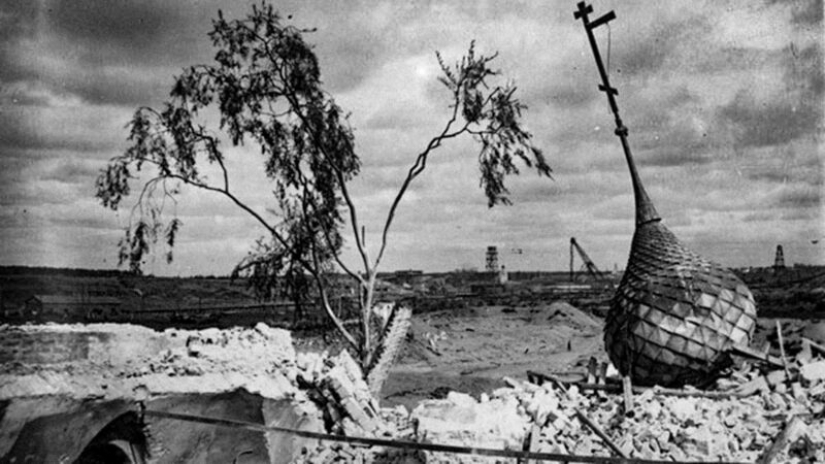
The history of the city is usually counted from 1149 — at this time the first mentions of it appear in the annals.
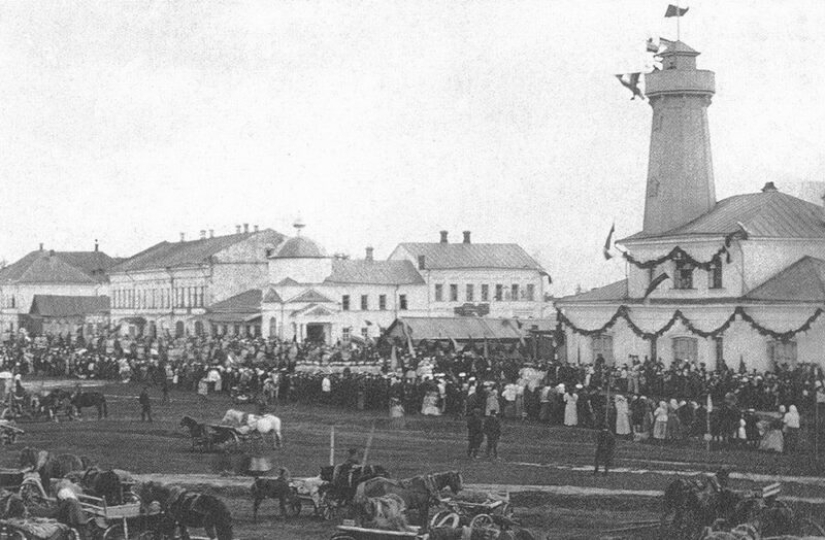
Shopping (Haymarket) square. On the right is the building of the fire tower, built according to the project of the Yaroslavl provincial architect A.M. Dostoevsky, the brother of the writer F. M. Dostoevsky
The settlement was located between two rivers — the Volga and the Mologa. Sturgeons, sterlets and white fish were found in these places, local fishermen delivered them to the royal table.
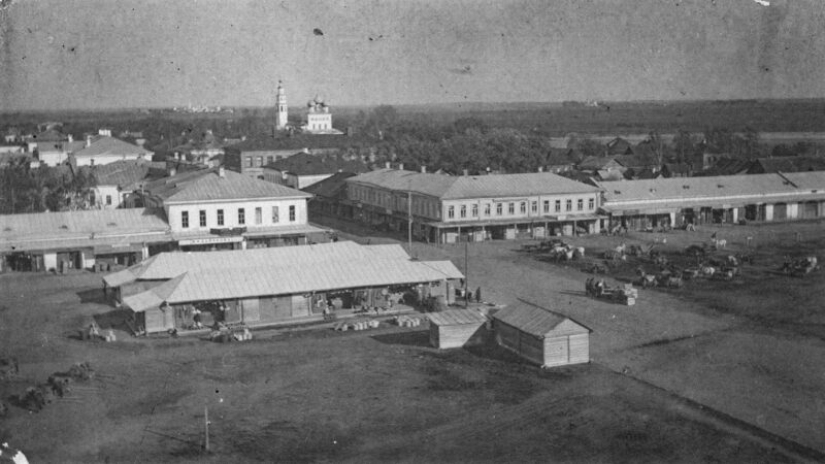
Afanasiev Monastery
From the end of the XIV to the beginning of the XVI century, one of the largest fairs in Russia was held here, where merchants from Europe and Asia gathered.
In 1777, by decree of Empress Catherine II, Mologa was granted the status of a county town. The trade route passing through the Volga and the active construction of St. Petersburg contributed to its growth. Every year hundreds of ships passed through the city, where they were loaded with goods and serviced.
One of the main buildings in the city district was the Afanasiev Monastery, founded in the XV century. By the end of the XIX century there were four churches on its territory.
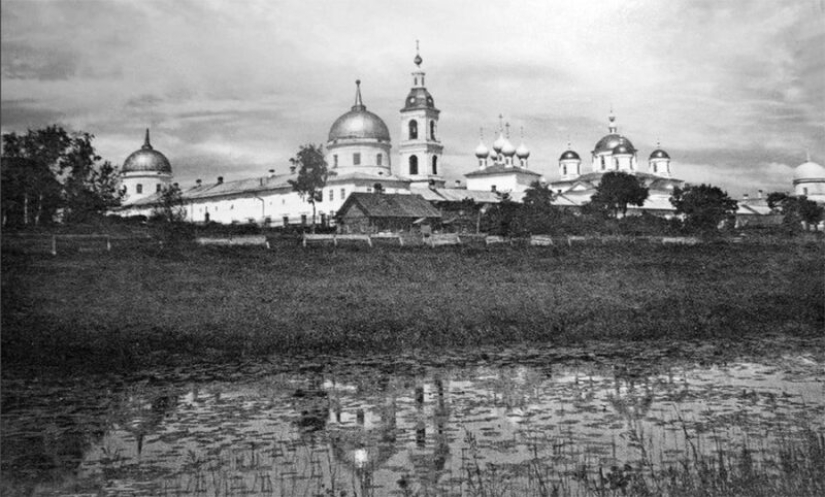
Among the city cathedrals, the Epiphany Cathedral, built in 1882 in the Russian-Byzantine style, stood out especially. The citizens of Vologda were also proud of the stone fire station with a tower designed by Andrei Dostoevsky, the brother of the great writer.
The original design of the Rybinsk reservoir did not provide for the flooding of Mologa — the city was supposed to be on a kind of island.
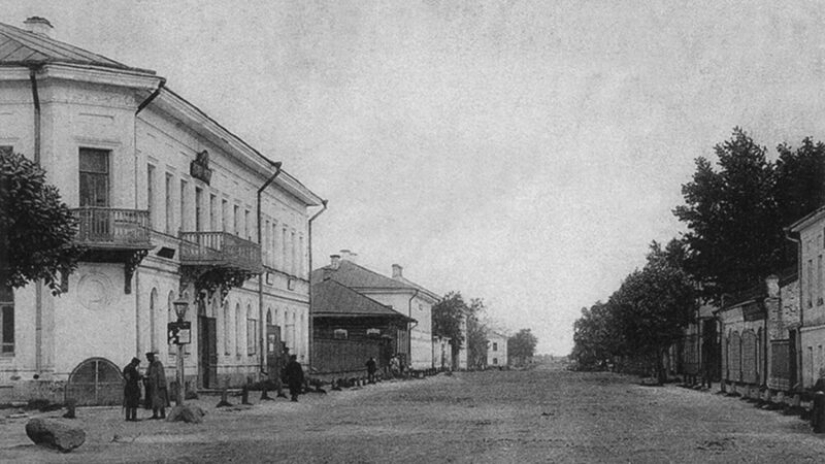
However, during the construction of the dam, it was decided to raise the reservoir level by several meters in order to increase the capacity of the power plant. This decision led to a significant increase in the area of the reservoir and flooding of the city.
By 1940, 6100 inhabitants lived in Mologa. The city had 900 houses, about a hundred of them stone.
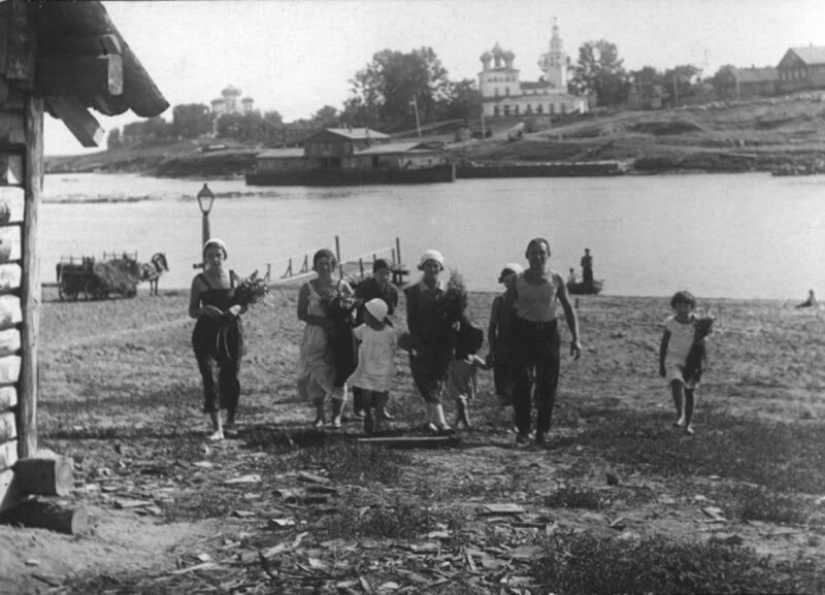
There were two hundred shops and shops on the shopping area. There were 11 factories and factories working here, producing wine, bricks, glue, berry extracts and other goods.
When the fate of the city was finally resolved, residents began to be evacuated to neighboring Rybinsk. Wooden houses were dismantled and floated along the Volga, compensation was paid for stone ones, and massive buildings were blown up. But, according to legend, not all residents wanted to leave the city.
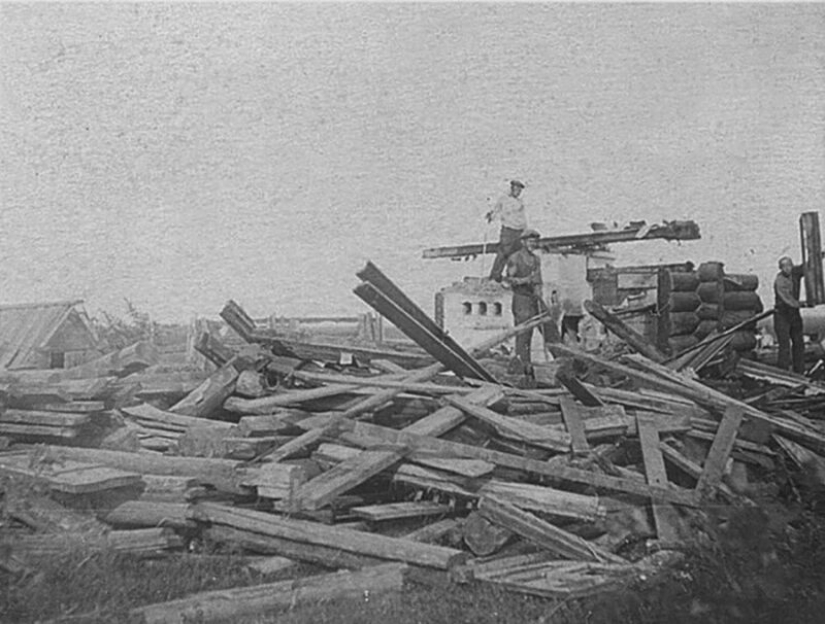
According to a secret report by NKVD officer Sklyarov, 294 people refused to evacuate and preferred to go to the bottom with the city. They chained themselves to heavy objects and died during the flooding.
However, some historians doubt the veracity of this document. The fact is that the reservoir was filled with water gradually — for six years. This fact makes the version of death under water not so plausible. The fate of the residents who refused to evacuate remains a mystery.
In 1881, the abbess of the monastery near Mologa, Abbess Taisiya, had a prophecy in a dream. After waking up, the woman wrote down his plot in detail.
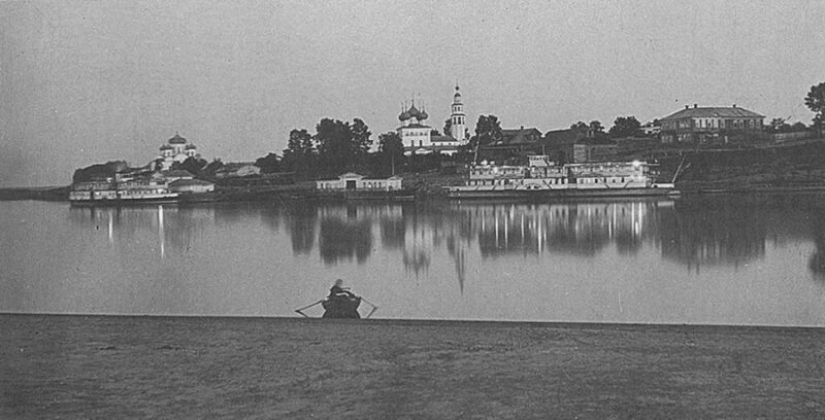
In her dream, she was walking through a rye field that ended in water. The woman felt that the water appeared here because of a man. She entered the water and continued walking until the water reached her neck. Then someone from above handed the woman a staff. Taisiya leaned on him, and the water began to decrease. The white stone walls of the monastery came out from under it.
Many still believe that the second part of the prophecy will come true, and the flooded lands will once again be on land.
Sometimes the water level in the Rybinsk reservoir decreases, and the Mologa is above the water. The descendants of the citizens of Mologan at this time gather from all over the country to visit their homeland.
To date, the city has been almost completely destroyed. For almost 80 years, water has destroyed what the Bolsheviks did not have time to blow up, and now only paved streets and foundations of houses remain here.
Keywords: 20th century | Reservoir | Ghost town | Facts
Post News ArticleRecent articles

No matter how we strive for positive, but negative feelings and emotions are an integral part of our life. And if you can’t avoid ...

If your mailbox is located outside, this is the first thing that catches your eye when someone comes to your door, whether it's the ...
Related articles

In 1947, LIFE magazine photographer Alfred Eisenstadt took a series of photographs at the Swiss resort of St. Moritz, an island of ...

In the first two decades of the XX century, against the background of technological progress, the development of photography, ...

Anton Sevrugin (1830-1933) was the official photographer of the Imperial Court of Iran, his photography studio was one of the most ...

At the word "harem" most people come up with colorful pictures-an abundance of seductive half-dressed women, gurgling water ...